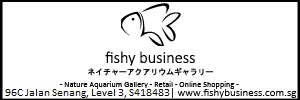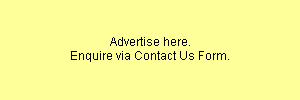Re: My planted tank water parameters ..

Originally Posted by
GanCW
I am curious why the KH and GH of tank 1 and 2 is so high and the PH of tank 3 is so high ! Tank 1 and 2 have CO2 (~12b/s), 3W/G of light and I dose NO3 and KH2PO4 twice a week.
Tank 3 is a low maint tank with no CO2 and 2W/G light. I could not get any plant to grow well in this tank. All the mosses, Anubias, Crypts, Hygrophila are stunted in this tank. Is it due to the high PH ? What can I do to lower the PH ?
Tank 3 is getting some of its CO2 by plants grabbing it from the KH (mostly Ca or MgCO3/HCO3), and leaving the CaO or MgO (or CaOH, MgOH) behind. Hence KH drops and GH stays the same (or rises as evaporation concentrates it). The pH is meaningless except as an indication of how much CO2 you have present. CO2 forms a weak acid in water (HCO3) and drops pH a given amount for a given amount of alkalinity (KH). You can read the result from charts as given in the Krib.
In general, plants and fish cannot "feel" pH in the range between about 4 and 10, but are affected by some of the reactions that pH induces. The conversion of ammonium ions to dissolved ammonia (highly toxic to fish) is a classic example of the effect of high pH. Some bacteria seem unable to live in low pH water, which is a big help with some puddlefish, like wild Bettas, that have better egg and baby survival at lower pH.
The KH and GH are high because you have moderately hard water. For rainforest or Amazonian fishes, I prefer to dilute it with RO water and then use the acidic components of peat or peat extract to lower pH. The humic acids in peat are a bit too weak to work very well with harder water. The buffering of the high KH will just keep the pH high. Diluting your water with about 2/3 RO water will make peat into an effective pH reducer, without making the awful chemical soups many LFS products create. I also use only boiled peat, which is much less aggressive as either a softener or pH reducer than is the raw product. Here in the US, Canada sphagnum peat moss often has a lot of lime added to prevent burning the plant shoots and tender roots. They don't mention it on the label, so boiling and rinsing makes it sink quicker, but also rinses out the those additives that may keep it from working at all.
HTH
Wright
01 760 872-3995
805 Valley West Circle
Bishop, CA 93514 USA
Originally Posted by GanCW











 Reply With Quote
Reply With Quote




Bookmarks